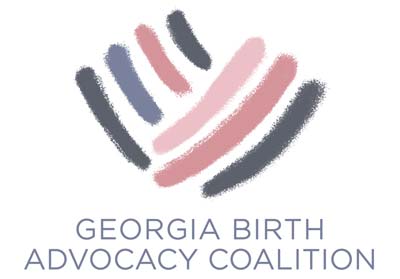6 Scary Statistics About the Dangers of Unnecessary Birth Interventions
In the midst of a maternal mortality crisis that is the worst in the wealthy world, many birthing people are pushing back against birth medicalization. Some decline interventions their doctors recommend. Others are choosing homebirth or birthing centers in an attempt to retain more control.
Some medical providers point the finger at these parents, asserting that avoiding interventions plays a role in maternal or infant mortality. The data says otherwise. Most people who die giving birth do so after receiving and consenting to a wide range of interventions. In many cases, these interventions played a role in the woman’s death. Unnecessary birth interventions and overmedicalization are not a triumph of modern medicine. They are a primary culprit in maternal mortality. Needless interventions increase risks, and the data show that the overwhelming majority of people who give birth receive unnecessary interventions.
Doctors tell 1 in 3 women their babies may be too big for a vaginal birth. The average birth weight of these suspected big babies is only 7 lbs, 13 oz. Despite this, two thirds of women whose doctors recommend induction for a suspected big baby have the induction. It is almost never necessary to have an induction or a C-section for a suspected big baby. The American College of Obstetricians and Gynecologists (ACOG) does not recommend that doctors consider C-sections for babies whose estimated birth weights are less than 11 pounds. Absent a medical indication, a C-section raises risks for both the baby and mother. A mother is five times as likely to die from a C-section compared to a vaginal birth.
Ninety percent of people giving birth receive at least one medically unnecessary intervention. Each unnecessary intervention increases the risk of complications to the birthing person and baby. Moreover, most people giving birth do not want their births to be needlessly medicalized. A large survey of California mothers found that 74% opposed interfering with childbirth unless medically necessary. Yet just 5% gave birth without major medical interventions.
Most women giving birth are immobilized in bed. This intervention is rarely medically indicated, and can increase the risk of complications such as castastrophic tears and prolonged labor. It also makes labor more uncomfortable. One survey found that 61% of people giving birth were not allowed to walk or move around.
Eighty-five percent of women who have a prior C-section have another C-section. Each subsequent C-section increases risks to the mother and baby. Repeat C-sections are closely linked to placenta accreta, one of the deadliest pregnancy and childbirth complications. The overwhelming majority of people who give birth via C-section can successfully have a vaginal birth, even if they have had multiple C-sections. Despite this, some hospitals ban vaginal birth after cesarean (VBAC), and many ban VBAC after a certain number of C-sections. These bans are not medically indicated, and intrude on a patient’s legal right to informed consent and informed refusal.
15% of women giving birth receive an episiotomy, a type of cut into the vagina. Birthing people who had commercial insurance were more likely to be cut than those without it, suggesting there might be a financial incentive. ACOG recommends against routine episiotomy. In almost all cases, an episiotomy is not medically indicated. It also increases the risk of long-term disability and pelvic pain. Fifty-nine percent of people who have an episiotomy say they did not consent to the procedure.
About two-thirds of maternal deaths occur after giving birth, in the postpartum period, not during childbirth or pregnancy. Yet most people who have recently given birth go home after a day or two and only see their providers six weeks later. Providers are coercing or forcing birthing people into medically unnecessary interventions at the same time that they do not provide any care at all to prevent the most catastrophic birth complication—death—during the highest risk period—after giving birth.

